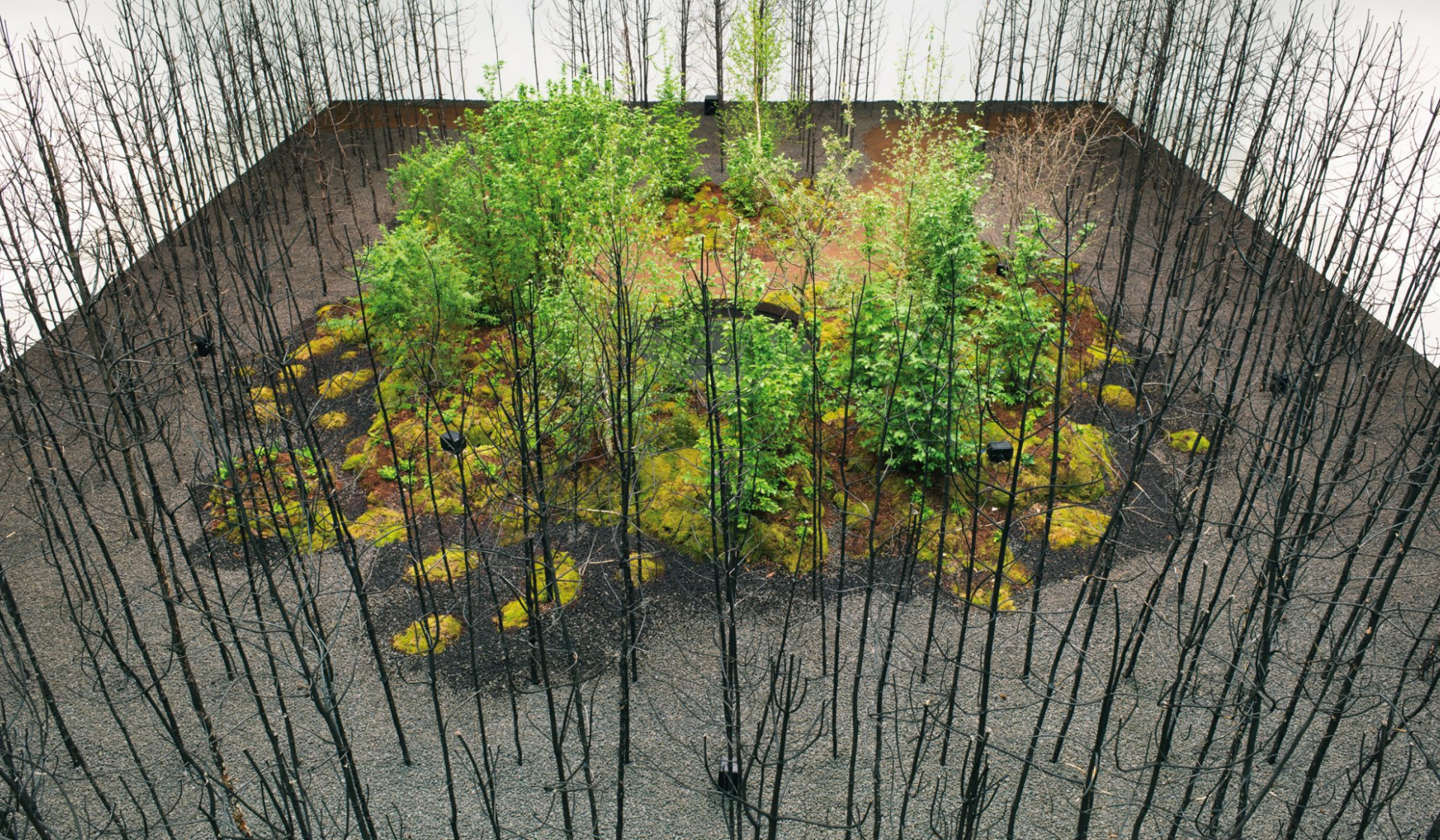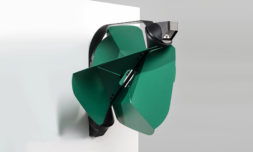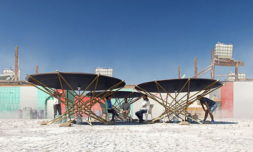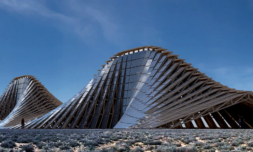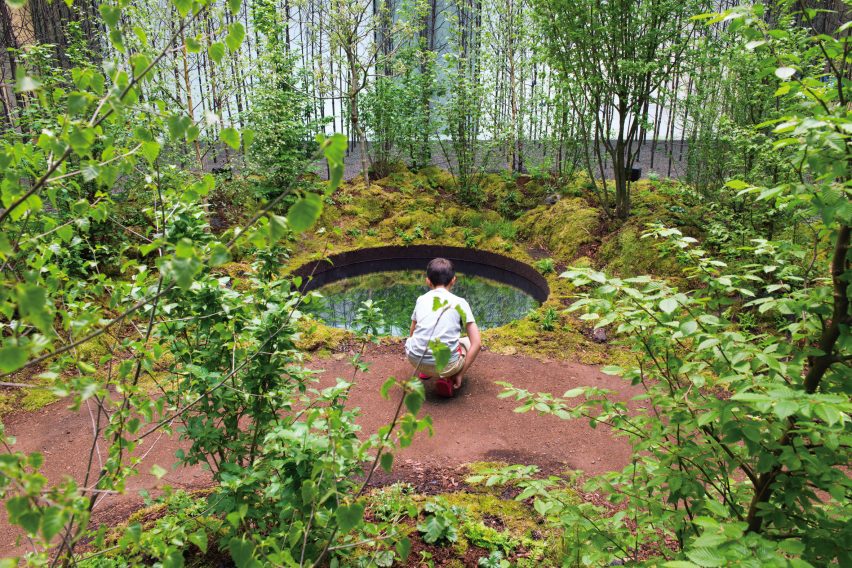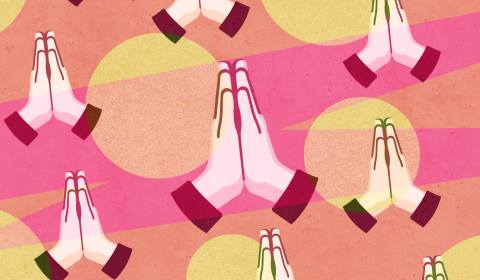A design studio called Superflux has created an eye-opening art exhibition which both highlights humanity’s damage to the planet, and envisions a future where we live harmoniously with nature.
On display at the Museum of Applied Arts in Vienna sits Invocation of Hope, a poignant exhibition highlighting the marked impact humanity has had on the planet, and the need to change the belief that we’re ‘masters of nature.’
As part of Vienna’s ‘Biennale for Change 2021’ display – which centres around the theme Planet Love: Climate Care in the Digital Age – the Museum has dedicated an entire room to Superflux’s awe-inspiring exhibition.
Envisioning a hopeful future where humans fully embrace living with nature, an oasis of 27 living plants rests in the heart of 415 scorched pine trees. As we said, it’s a big installation.
The Anglo-Indian studio, Superflux, worked in cahoots with local forestry and fire departments in Austria’s Neunkirchen region to salvage local trees burned in wildfires. Using horses to drag these dead pines from forestland, they were later treated for display and transported to the museum.
Invocation for Hope, our resurgent forest installation @Superflux, is now alive and breathing in @MAKWien's beautiful central hall! ⚡🌳✨ pic.twitter.com/QtpYLDMH0s
— Anab Jain (@anabjain) May 28, 2021
For the green centrepiece, Superflux planted shrubs, mosses, grass, and lichen which densely cover both sides of a public walkway. Amongst the foliage, which will continue to grow thanks to regular treatments, grow lamps, and an overhead skylight, is a circular reflective pool.
The base of this pool houses a two-way mirror, which will project videos captured using underwater cameras placed in drinking water troughs at the Alphenzoo Innsbruck wildlife reserve.
Those who peer in will see lynx and bison looking back at them in high definition – probably not in the same trough, mind.









